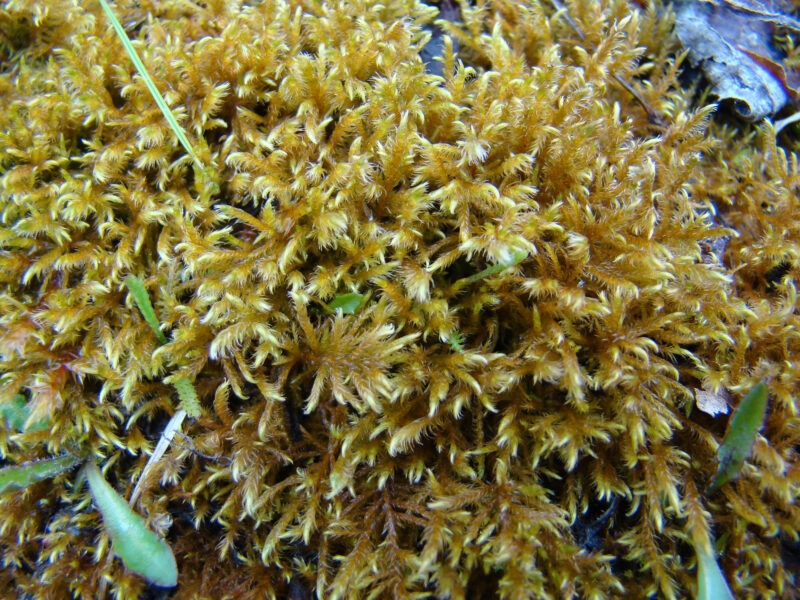Identification notes
This is one of the best indicator mosses of calcareous habitats, especially in the lowlands, where its presence in chalk or limestone grassland usually indicates good levels of grazing. It is often found with other good indicator bryophytes and vascular plants.
Although many bryologists think of Ctenidium first and foremost as a species of relatively dry calcareous grassland, its habitat preferences are surprisingly wide. It frequently grows in base-rich woodland, and on drystone walls (especially limestone). It’s also common in the uplands, indicating a ‘touch of base’ when it’s found on crags with the likes of Tortella tortuosa and Anoectangium aestivum.
Read the Field Guide account











